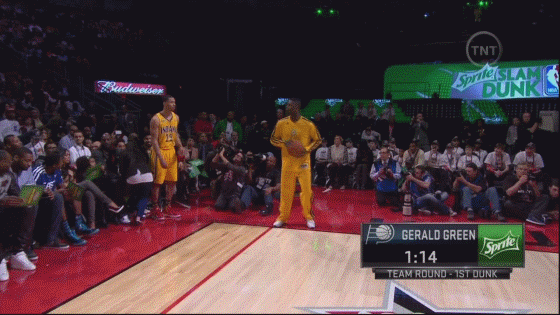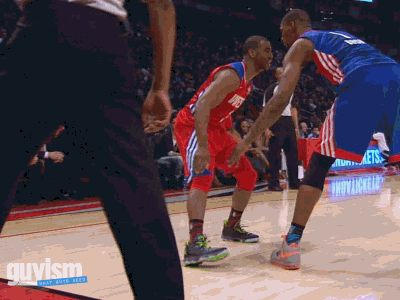![eBay Personalization Walkthrough]()
eBay is rolling out a new, personalized homepage to U.S. users tomorrow.
It is at once a major improvement to eBay's aging website, and a crushing disappointment—a glaring missed opportunity to take a more substantial leap forward and transform the eBay shopping experience.
Click here to see the new eBay >
The eBay marketplace today is driven by search and categories—old concepts for organizing the Web.
The new eBay takes what are essentially searches and converts them into "interests," and then displays them in a tiled layout that many have compared to Pinterest, the highly visual image-collecting site which has inspired a million copycat Web designs.
It's not about you, it's about eBay's limitations
This redesign has been highly anticipated, in part because of the startup talent eBay has recently brought into its fold, including the New York-based teams from Hunch and Svpply. (Svpply actually was acquired after the redesign was underway; Hunch cofounder Tom Pinckney, now a director of engineering at eBay, is currently overseeing the effort.)
TechCrunch, which got an early look at the redesign, declares that it makes eBay "essentially all about you." That's a bold claim, one we would love to be true—but it's simply not borne out in our experience of the new site.
At best, the new eBay is making guesses about simple product descriptors that match products you've looked at or bought, and then converts those into interests—again, what are really saved searches.
So the new site really just saves you the time of thinking about how to phrase something as a search query and typing it in. It's not about you; it's about what was easiest for eBay to deliver on its aging infrastructure.
The problem is that this incremental improvement doesn't really launch eBay into the business it needs to be in, which is what's known as social discovery.
To sidestep Amazon, eBay needs to stop displaying what people know they want, and start showing them things they never knew they wanted.
Flash-sales sites and daily deals are misunderstood as discount-driven gimmicks. What those new formats for e-commerce really do is create scarcity and novelty, bringing the kind of excitement physical retail excels in to online shopping.
It's the opposite of Amazon's A-to-Z abundance and efficiency—and it's far more fun.
A more ambitious vision for the new eBay
A source familiar with eBay's product plans recently told us about a far more sweeping vision for a new eBay.
Crucially, this plan went back to eBay's roots as a social network built around commerce—people buying things from people. In trying to compete with Amazon, eBay erased the personality from its site—and along with it, it erased the persons, too.
Look at the way bidders' user names are obscured on eBay today. You can't even get to know the people you're competing with to win an auction, because they're anonymized. What's the fun in that?
The new eBay, we were told, would let you follow people—sellers and buyers. Those features already exist in some form on the eBay website, but they're buried.
A truly social redesign of eBay would let you follow interesting people, not just "interests."
Still, eBay has to start somewhere. And the introduction of a new homepage feed is hopefully a foundation on which eBay can build.
Here's the explainer that greets you when you visit www.ebay.com/new ...
![]()
A signed note from eBay marketplaces chief Devin Wenig! It feels personal already.
![]()
A "shopping concierge." This sounds great ...
![]() See the rest of the story at Business Insider
See the rest of the story at Business InsiderPlease follow SAI on Twitter and Facebook.







































 When these celebrities and iconic characters want to knock one back, these are the drinks they choose.
When these celebrities and iconic characters want to knock one back, these are the drinks they choose.







 If you're used to the hours of sedentary, stressful working conditions that come with your office job, you may want to know that this kind of working environment is killing you a lot faster than you think.
If you're used to the hours of sedentary, stressful working conditions that come with your office job, you may want to know that this kind of working environment is killing you a lot faster than you think.


 The rate of couples backpedaling down the aisle in the U.S. is growing so quickly, states across the map are searching for new ways to ease the process for consumers.
The rate of couples backpedaling down the aisle in the U.S. is growing so quickly, states across the map are searching for new ways to ease the process for consumers.


















 Dota is an anonymous member of a military-backed group of Chinese hackers notorious for stealing data from American companies.
Dota is an anonymous member of a military-backed group of Chinese hackers notorious for stealing data from American companies.

